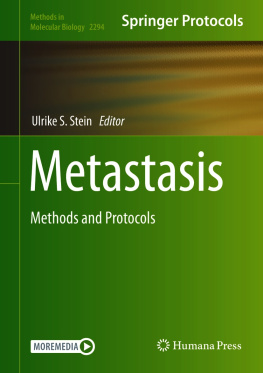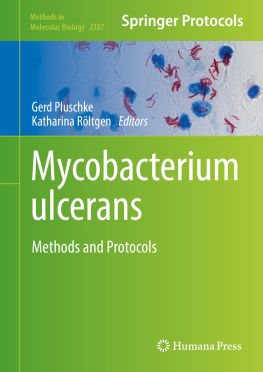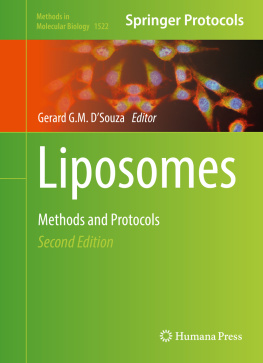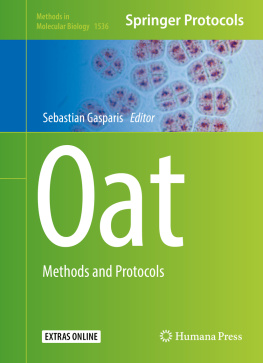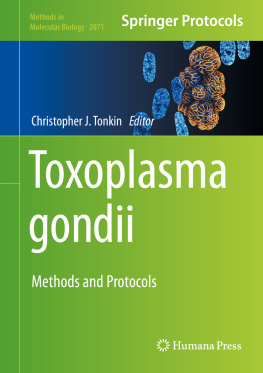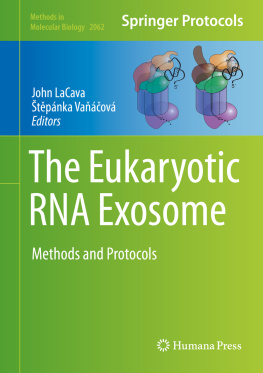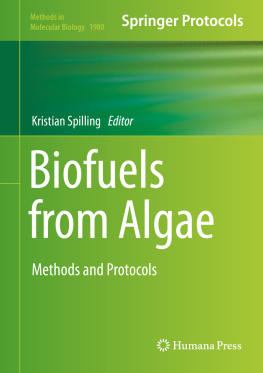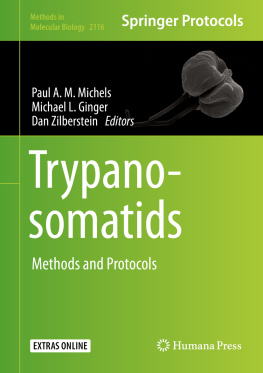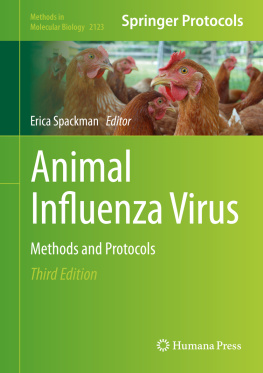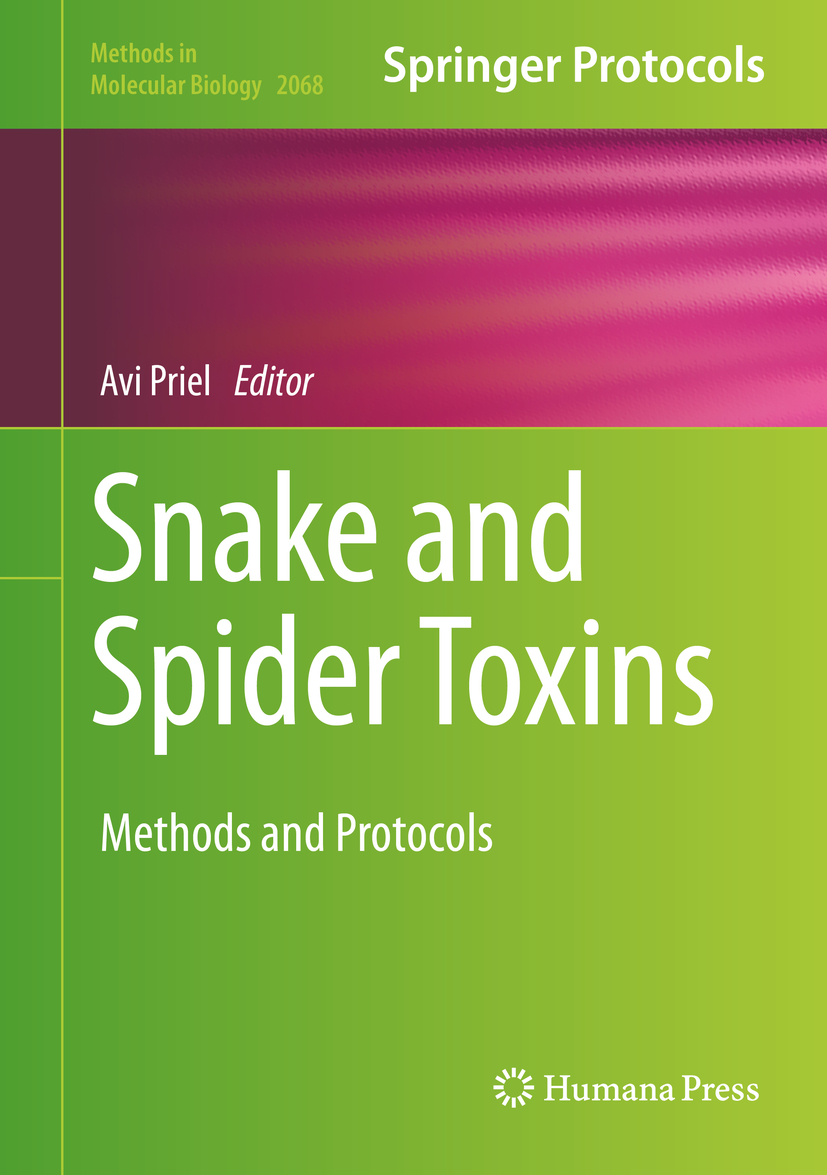Volume 2068
Methods in Molecular Biology
Series Editor
John M. Walker
School of Life and Medical Sciences, University of Hertfordshire, Hatfield, Hertfordshire, UK
For further volumes: http://www.springer.com/series/7651
For over 35 years, biological scientists have come to rely on the research protocols and methodologies in the critically acclaimed Methods in Molecular Biology series. The series was the first to introduce the step-by-step protocols approach that has become the standard in all biomedical protocol publishing. Each protocol is provided in readily-reproducible step-by-step fashion, opening with an introductory overview, a list of the materials and reagents needed to complete the experiment, and followed by a detailed procedure that is supported with a helpful notes section offering tips and tricks of the trade as well as troubleshooting advice. These hallmark features were introduced by series editor Dr. John Walker and constitute the key ingredient in each and every volume of the Methods in Molecular Biology series. Tested and trusted, comprehensive and reliable, all protocols from the series are indexed in PubMed.
Editor
Avi Priel
Faculty of Medicine, School of Pharmacy, Institute for Drug Research, The Hebrew University of Jerusalem, Jerusalem, Israel
ISSN 1064-3745 e-ISSN 1940-6029
Methods in Molecular Biology
ISBN 978-1-4939-9844-9 e-ISBN 978-1-4939-9845-6
https://doi.org/10.1007/978-1-4939-9845-6
Springer Science+Business Media, LLC, part of Springer Nature 2020
This work is subject to copyright. All rights are reserved by the Publisher, whether the whole or part of the material is concerned, specifically the rights of translation, reprinting, reuse of illustrations, recitation, broadcasting, reproduction on microfilms or in any other physical way, and transmission or information storage and retrieval, electronic adaptation, computer software, or by similar or dissimilar methodology now known or hereafter developed.
The use of general descriptive names, registered names, trademarks, service marks, etc. in this publication does not imply, even in the absence of a specific statement, that such names are exempt from the relevant protective laws and regulations and therefore free for general use.
The publisher, the authors, and the editors are safe to assume that the advice and information in this book are believed to be true and accurate at the date of publication. Neither the publisher nor the authors or the editors give a warranty, express or implied, with respect to the material contained herein or for any errors or omissions that may have been made. The publisher remains neutral with regard to jurisdictional claims in published maps and institutional affiliations.
This Humana imprint is published by the registered company Springer Science+Business Media, LLC, part of Springer Nature.
The registered company address is: 233 Spring Street, New York, NY 10013, U.S.A.
Preface
In addition to being scientific discipline in toxicology, the research of animal toxins provides powerful tools for the deciphering of various biological mechanisms; both their toxic effects and extensive use as experimental tools consequent from their coevolution with their targets. Specifically, snake and spider toxins serve as excellent sources for our understanding of the development of peptide toxins, and different labs throughout the world routinely employ a wide array of these toxins for studying complex biological processes. As such, various methodologies have been developed for both handling and investigating peptide toxins and their use as molecular tools. The goal of this book is to share common techniques and protocols across different biological disciplines for the study and application of snake and spider peptide toxins.
This book comprises of 16 chapters, including 2 overviews (Part I) describing the use of toxins in the process of drug development and the analysis of bioactivity of complex mixtures like venoms. The next 14 chapters provide detailed protocols describing the extraction of venom glands and the recombinant production of toxins (Part II), the characterization of toxins from the RNA level to peptide structure determination (Part III), and the determination of toxins biological function (Part IV). These protocols employ different cellular and animal models and various techniques involving toxins.
Snake and Spider Toxins: Methods and Protocols is the outcome of the joint effort of 36 contributors from 10 countries. I wish to thank each of the authors for their contribution and willingness to share their valuable knowledge. Finally, I wish to thank Prof. John Walker for his guidance and help throughout the process of editing this book.
Avi Priel
Jerusalem, Israel


